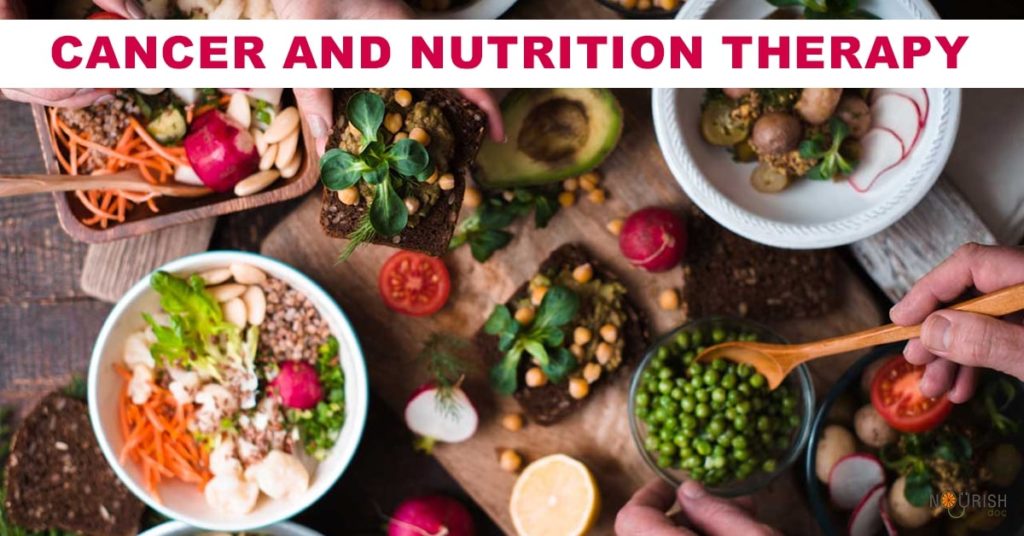How This Helps
This is an introduction to nutrition-based cancer prevention and intervention. Some key nutrients are discussed, as well as how they operate to prevent and fight cancer. Future posts will extrapolate on this information, delving much more in depth and exploring very specific diets.
Science and Research
It is suggested that approximately 35% of all cancers are connected to nutritional influences. Nutrition can serve as a preventative tool for those who are at risk for developing cancer, but can also be utilized as an intervention for those already living with cancer. In fact, unhealthy body weight and poor diet choices account for more than 20% of cancer-related deaths, and this number could be even higher when combined with tobacco usage and alcohol consumption (American Cancer Society; Kohler et al., 2016). There are several well-researched diets that are recommended by medical staff to support cancer treatment and intervention. These diets, however, often focus on certain aspects of one’s diet and how these nutrients can support health. According to the National Cancer Institute, antioxidants, fiber, and omega-3 fatty acids are among some of the most popular classes of nutrients to focus on.
How do I get more antioxidants in my diet? Antioxidants are very protective against the onset and progression of cancer. Specifically, those antioxidants that derive from plant-based foods are especially useful for preventing further disease. Called Phytonutrients, foods such as berries, dark green leafy vegetables like spinach and kale, citrus fruits, and beans (including soy) all contribute to cancer prevention and intervention (Kohler et al., 2016).
How do I get more fiber in my diet? Interestingly, most people consume approximately 10 grams of fiber each day, but this is not near the daily suggested range for healthy function. The National Cancer Institute suggests that one should consume 25-35 grams of fiber throughout the day in the form of breads, cereals, pasta, beans, fruits, nuts, and seeds(Kushi et al., 2012; Kohler et al., 2016). This helps with cancer prevention and intervention by lessening transit time of food within the body and diluting harmful substances, so as to decrease the amount of time these substances are in the body and to also reduce the chance of these substances entering one’s system through the digestive tract.
How do I get more omega-3 fatty acids in my diet? The easiest way to introduce healthy omega-3 fatty acids into your diet is to eat oily fish, such as salmon, herring, mackerel, or tuna. Further, fruits (specifically, berries), Brussels sprouts, mushrooms, and other vegetables are high in omega-3 fatty acids. It is suggested that eating foods that contain high amounts of omega-3 fatty acids multiple times per week can be protective against the onset or progression of cancer symptoms. A bonus cooking tip is to prepare these foods with lower and under more controlled heat settings, as exposure to excessive heat may interact with these oils to form carcinogens – these are substances that cause cancer within living tissue. According to Nomura et al. (2016), who conducted nutritional-based research as an intervention for breast cancer, this type of diet can significantly reduce cancer incidence in women who are at risk for cancers arising from poor diet and exercise.
In summary, there are several established diets that can support one’s health and intervene in the presence of cancer. Diets such as the Ketogenic Diet, for instance, target specific precursors to cancer to prevent the onset of new types of cancer in addition to preventing the progression of current cancers.
Key Words: antioxidants, fiber, omega-3 fatty acids, carcinogens, the Ketogenic Diet
References
American Cancer Society. Cancer facts & figures 2016. Atlanta, GA: American Cancer Society; 2016.
Kohler, L. N., Garcia, D. O., Harris, R. B., Oren, E., Roe, D. J., and Jacobs, E. T. (2016). Adherence to diet and physical activity cancer prevention guidelines and cancer outcomes: A systematic review. Cancer Epidemiol Biomarkers Prev.
Kushi LH, Doyle C, McCullough M, Rock CL, Demark-Wahnefried W, and Bandera EV, et al. (2012). American Cancer Society Guidelines on nutrition and physical activity for cancer prevention: reducing the risk of cancer with healthy food choices and physical activity. CA Cancer J Clin. 62:30–67.
Nomura SJ, Inoue-Choi M, Lazovich D, and Robien K. (2016). WCRF/AICR recommendation adherence and breast cancer incidence among postmenopausal women with and without non-modifiable risk factors. Int J Cancer. 138:2602–15.







